More About Sweet Corn
Reserve™ Sweet Corn
Premium Genetics, Superior Flavor
With Reserve™, we set the gold standard for premium sweet corn. Our industry-leading genetics deliver the most tender pericarp and sweetest flavor, ensuring an exceptional eating experience that meets the highest consumer expectations. In today’s competitive market, first-class eating quality isn’t just a preference—it’s the key to success. Reserve™ empowers growers with genetics designed to attract discerning customers and drive market demand. Because when it comes to sweet corn, nothing less than superior taste and texture will do.
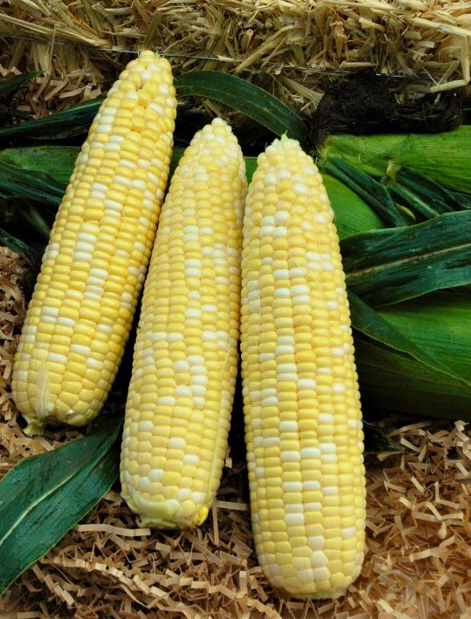
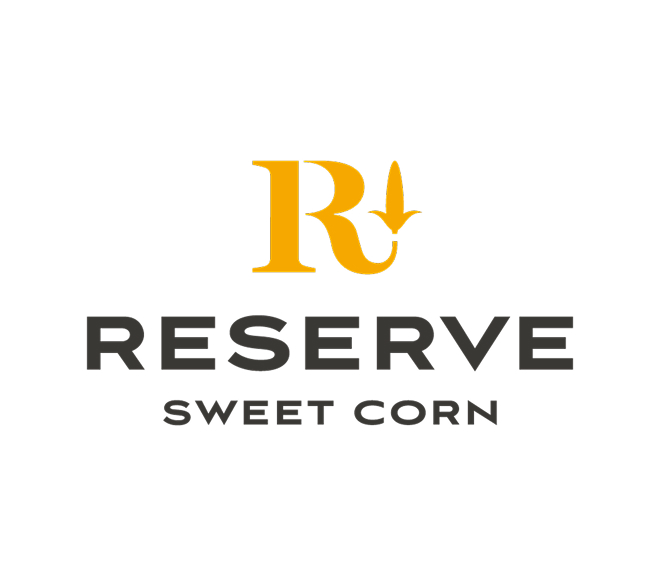
Sweet Corn Portfolio
Proven Performance, Exceptional Quality
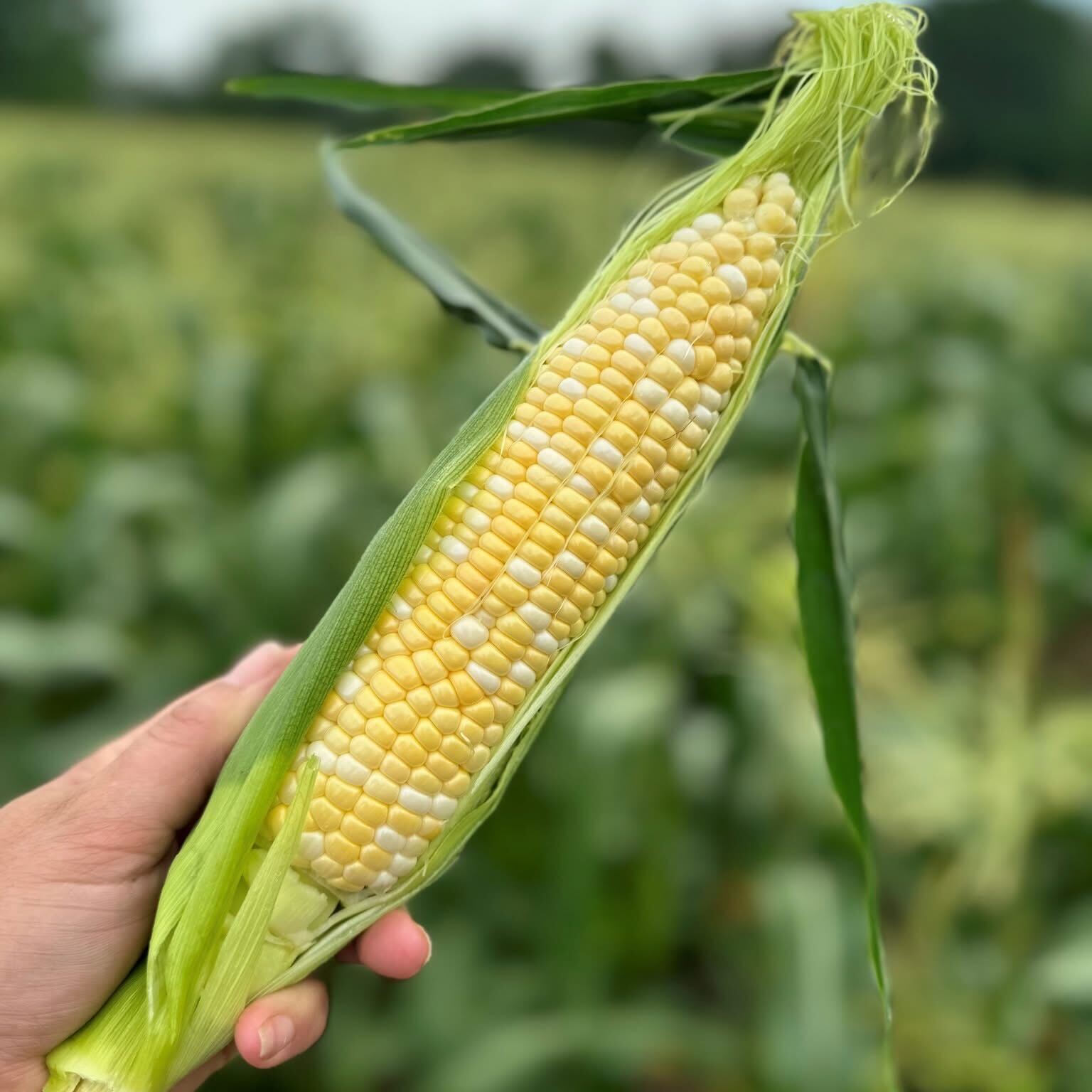
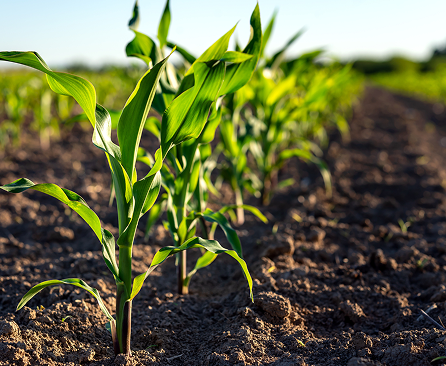
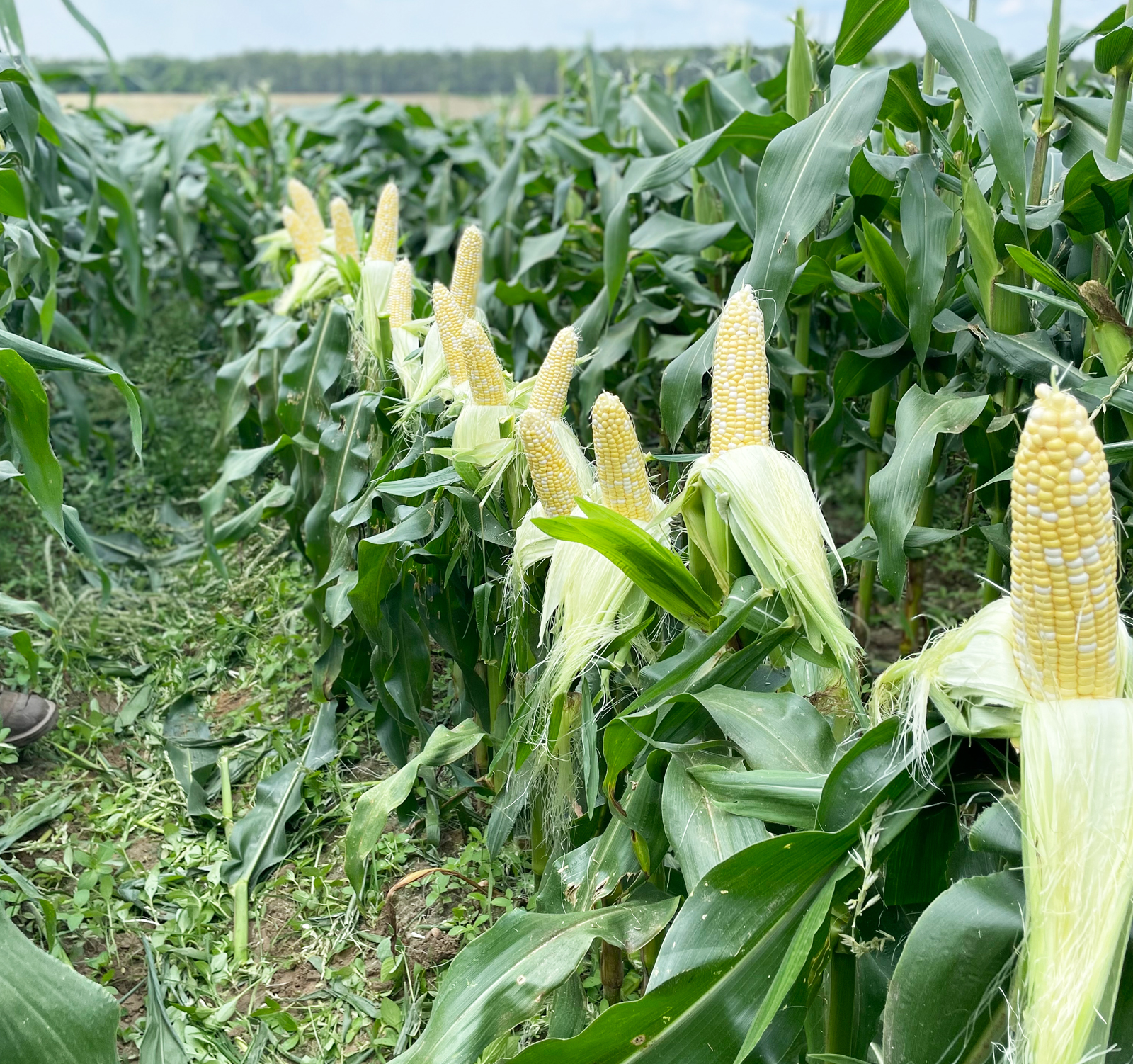
Frequently Asked Questions
More About Sweet Corn
Supersweet sweet corn varieties carry the shrunken-2 (sh2) gene. This gene causes very slow conversion of sugar into starch. Consequently, hybrids that carry sh2 maintain their sweetness for a long time, up to 21 days when cooled to 32 – 34°F. Seed should be handled with care and soil conditions should be as close to optimum as possible (soil temperature at least 60°F and adequate but not excessive moisture). Source: https://extension.udel.edu/weeklycropupdate/?p=142
There are two distinct isolation groups in sweet corn, those containing sh2 and those containing su1 genes. To avoid starchy kernels, each group should be isolated from each other as well as popcorn and field corn. Sweet corn hybrids containing sh2 may be identified as supersweet, shrunken, IFSI Reserve™ , Xtra-Tender™ , Xtra-Sweet™, augmented, and Gourmet Sweet™. Sweet corn hybrids containing su1 that should be isolated from sh2 hybrids include; sugary enhanced (se), normal sugary (su), and synergistic.
All IFSI sweet corn varieties are supersweet (sh2). To avoid starchy kernels, isolate from the genotypes sugary enhanced (se), normal sugary (su) and synergistic by ≥300 feet or ≥12 days in silking.
IFSI Reserve™ sweet corn is the elite of elite eating quality in sweet corn. IFSI Reserve™ brand is reserved for the most tender and sweet varieties in the industry.
All hybrid sweet corn seed produced by IFSI has been developed by using traditional plant breeding techniques. These varieties were not developed by using genetic transformation or other forms of genetic manipulation.
Our seed dealers are an excellent resource when determining the right hybrid fit for each grower. You’ll find on our website Sample Growing Plans illustrating the suggested positioning for many of our hybrids.
When one of our breeders develops a new population targeted to improve a set of characteristics important for growers and/or consumers, it takes approximately 8 years before that improved hybrid will be planted in a grower’s field. 3 – 4 years of this cycle are spent in a breeding nursery fixing the characteristics, screening for and selecting disease resistance and other traits. The next 3 years are spent testing the newly developed material in diverse conditions. During this process, only the best material is advanced — more than 95% of the newly developed hybrids will be culled for inadequate performance within the first 2 years of hybrid testing. The last year is spent increasing parent seed and growing the first hybrid seed production. IFSI is constantly evaluating and adopting technologies to accelerate this process and to increase the amount of improvement per breeding cycle.